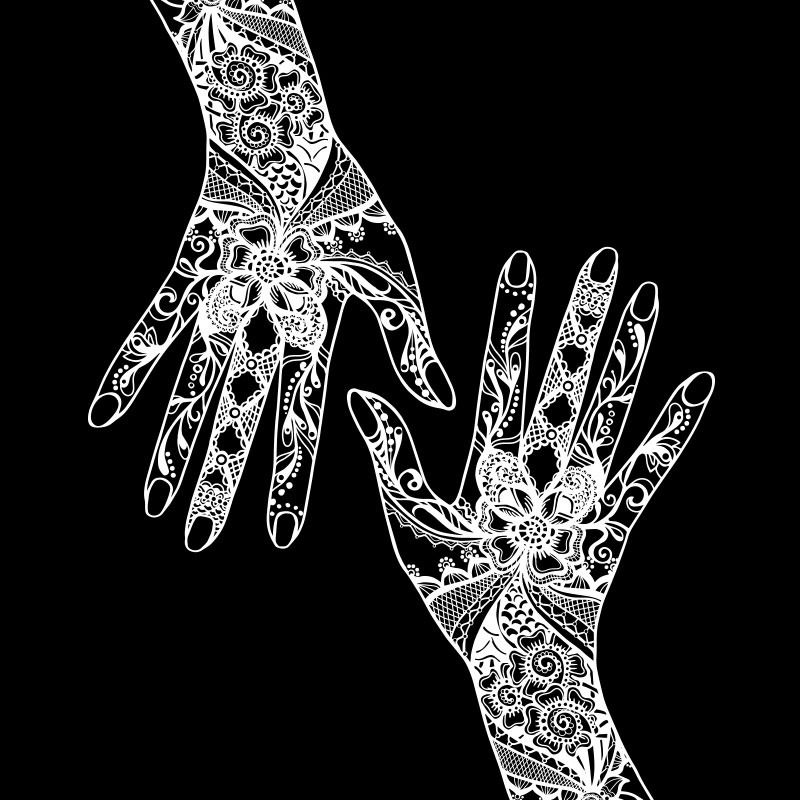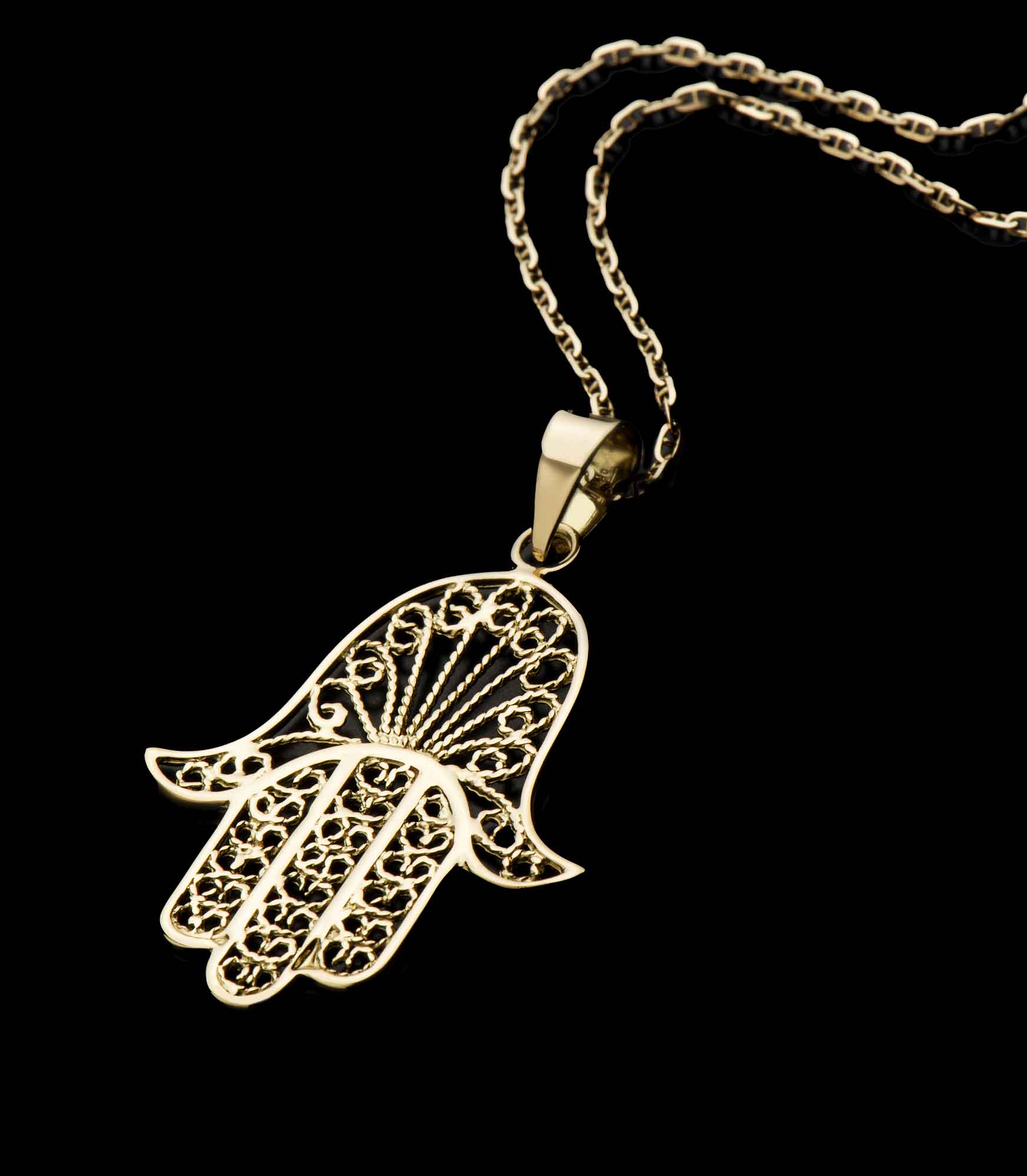Islamic wedding: legal and religious aspects
An Islamic wedding is not a mere religious rite, but a true contract between two people, called Nikahnama. Founded on religious principles, such contract defines the roles of man and woman within the marriage.
Apart from marriage between two Muslims, the Quran also allows the union between a Muslim man and a non-Muslim woman (Christian or Jew), but not the other way round. Moreover, divorce is allowed, and men are permitted polygyny—as long as they treat all their wives equally.
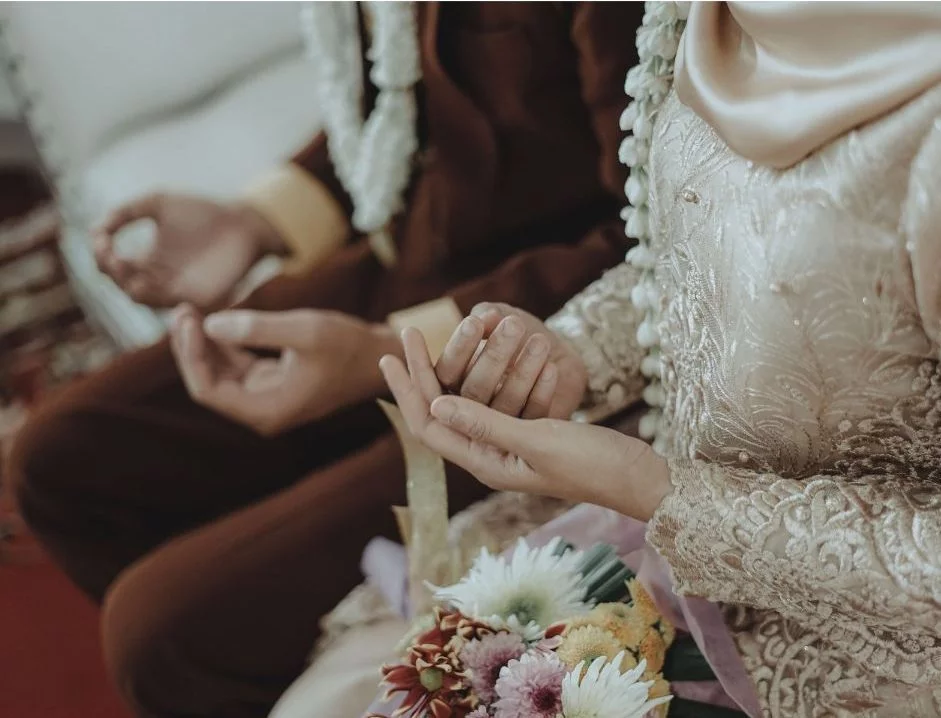
Steps required for the ceremony
The celebrations of an Islamic wedding follows well-defined phases.
A month prior to the rite, the future spouses participate in a preparation course held by an Imam, the moral and spiritual authority within an Islamic community.
A pre-wedding event is held with the bride and groom to be. During this celebration, henna is applied to the bride’s hands and feet in a ritual meant to attract good luck and invoke fertility.
Before the ceremony, there is an important step: deciding the Mahr, a wedding gift that the groom offers his future bride. Through this gesture, the groom proves his affection and commitment to a long-lasting relationship, taking on the new family’s material needs.
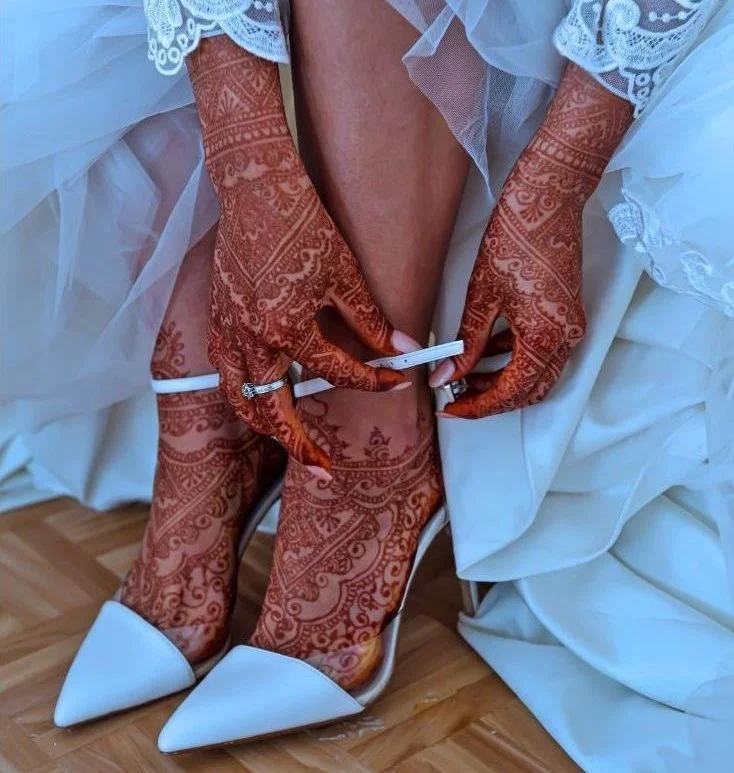
Preparation of the bride
On the wedding day, the future bride prepares for her big day with a beauty routine that includes lotions and perfumes. During the celebration she dons several outfits, often seven or more, while an entourage of bridesmaids support her and help her change clothes.
Islamic wedding gowns: a masterpiece of modesty and style
Muslim wedding gowns are characterised by a length that reaches the ankles, long sleeves, and a high neck covering the cleavage. The most utilised fabrics are mainly chiffon and satin, often decorated with beads, gold embroidery and other ornamental patterns. A traditional headdress completes the look, always matching the gown’s colour and style.
The ceremony: Islamic traditions
The celebration of this union, called Nikâh or Fâtiha, can take place in a mosque, or at the bride’s parents’ house.
In compliance with traditions, the bride is accompanied by the Wali, either her father or a guardian.
Verses from the Quran are read during the ceremony, after which the bride and groom exchange a declaration and assert their willingness to get married.
Afterwards, the bride’s guardian makes the union official by asking the couple if they want to share their lives as husband and wife, accepting the conditions of the marriage contract. At the end of the ceremony, the groom presents his lady with flowers.
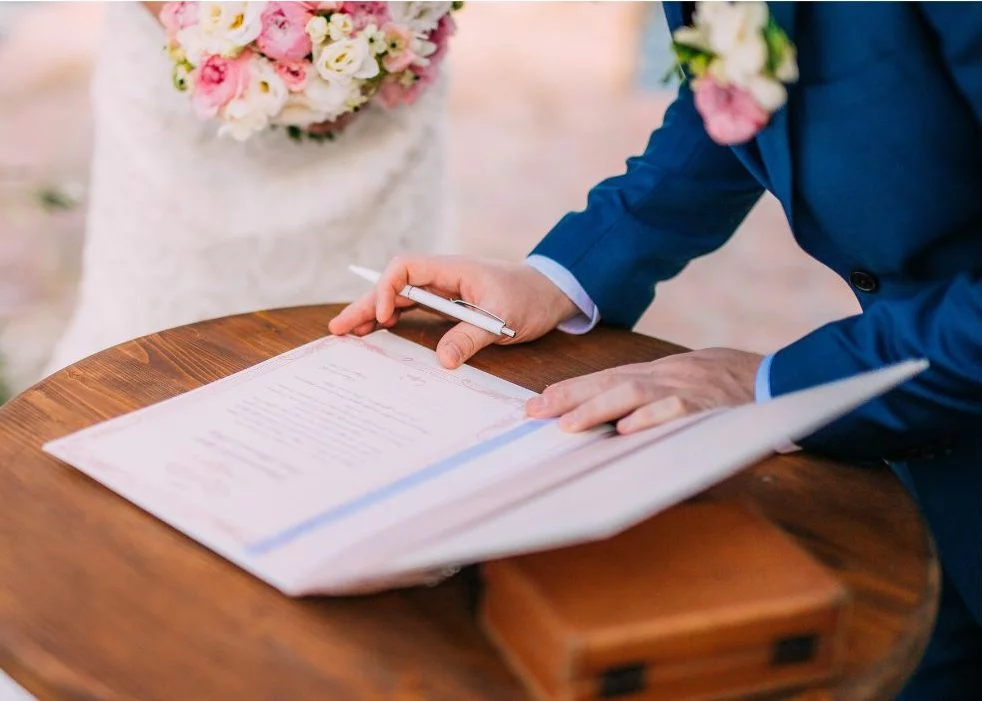
The reception—Walima in Arabic—is arranged by the groom and his family, and takes place the day after the wedding. This rite includes a banquet, music, dances, and the cutting of the cake, which—as per tradition—is done with a sword. After the celebrations, the guests throw rice and flower petals as a sign of heartfelt wishes, and the couple leaves for their honeymoon.
A traditional Islamic wedding celebration is a burst of colours, music, songs, and dances, and involves the community as a whole. Celebrations may vary depending on the family and can last several days, creating a merry, exhilarating atmosphere. These traditions, rich in symbolism, devotion, and community spirit, transform the ceremony into a social and spiritual experience.

